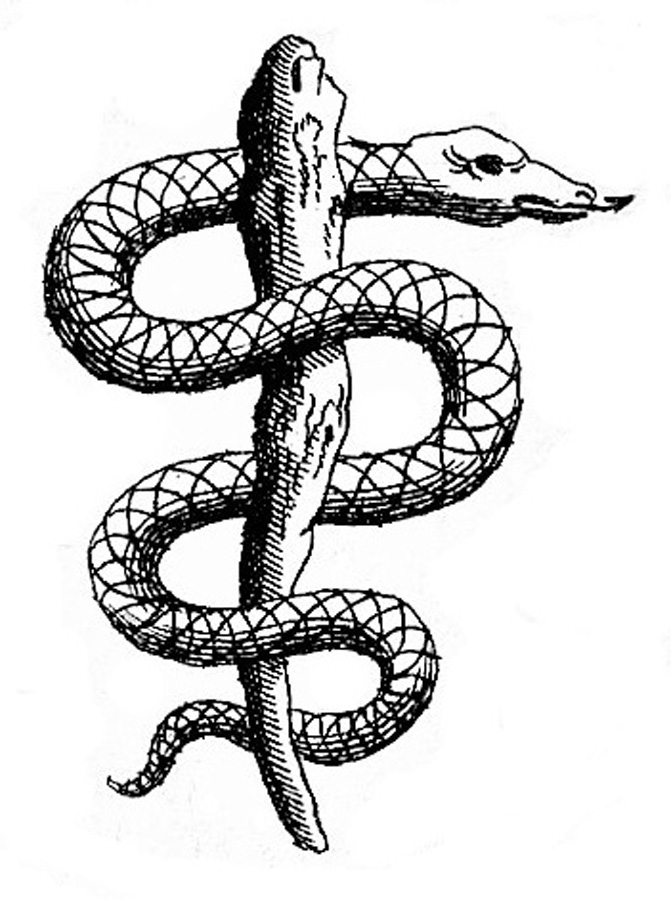vellum spine and corners, marbled paper boards
1835 · Paris
by Rayer, Pierre Francois Olive
Paris: J.B. Bailliere, Librairie de l'Academie Royale de Medecine, 1835. Second edition. 1835 MAGNIFICENT FOLIO ATLAS OF SKIN DISEASE WITH 26 HAND-COLORED ENGRAVED PLATES CONTAINING 400 FIGURES. Hardcover, 14 3/4 inches tall folio, vellum spine and corners, marbled paper covers, bookplate of Robert L Chevalier MD to front paste-down, 11 pp, 400 figures in 26 hand-colored stipple-engraved plates engraved by Tardieu, each with tissue guard and facing descriptive text. Covers worn, corners bumped, half-title and title pages creased, repaired closed tear to edge of descriptive text to Plate II, foxing to text pages and tissue guards, scattered marginal foxing to plates, colors bright, good+ in custom archival mylar cover. PIERRE FRANCOIS OLIVE RAYER (1793–1867) "was the first president of the Societe de Biologie, which he founded with Claude Bernard, Charles-Philippe Robin, Charles Edouard Brown-Sequard, Francois Follin and Charles-Nicolas Houel in 1848. Rayer's deep interest in the disciplines of both anatomy and pathology led him to become something of a pioneer in the field of infectious diseases. in 1823, at thirty years of age, he was honoured with an appointment as Assistant Physician at the Academy of Medicine, followed by other equally respected appointments as doctor of the Central Bureau and subsequently as doctor at l'h^opital St Antoine in 1824 and 1825 respectively, finally taking up a position in 1832 at l'hopital de la Charite, where he remained until his retirement. In 1826–7 Rayer published his superb work on skin diseases, Traite theorique et pratique des maladies de la peau. The work was received with great acclaim and was translated into Italian by Professor Giambattista Fantonetti in 1830 and into English in 1833 by Dr. W. B. Dickinson. This masterly piece of research is the first on the subject that might be considered ''modern'', particularly the fine second edition of 1835 presented in three volumes of some 1,700 pages, including an atlas with the most wonderful original plates [offered here]. Here we find descriptions of warts and skin cancers that are mentioned only briefly, if at all, in other contemporary texts. This work unites Rayer's great personal qualities of clinical observation and critical utilization of the best contributions to the field made by his predecessors." --Diana Berry. Pierre-François Olive Rayer: Biography. Med Hist Suppl. 2005; (24): 7–13. GARRISON-MORTON No. 3989 RAYER. Traité théorique et pratique des maladies de la peau. 2 vols, and atlas. Paris: J.-B. Baillière, 1826 – 1827. In this summary of dermatological literature of the period Rayer first described adenoma sebaceum and xanthoma multiplex. He was the first to differentiate between acute and chronic eczema. The second edition, Paris, Baillière, 1835, includes an entirely new third volume of text and a much enlarged atlas of colored plates. English translation, 1883. AUGUSTE AMBROISE TARDIEU (1818-1879) was an artist and a famous forensic medical scholar, who supplied the illustrations for Rayer's Traité des maladies de la peau (offered here), as well as Rayer's Traité des maladies des reins (1839–41), a treatise on diseases of the kidneys. Tardieu came from a family boasting a number of fine engravers, and was trained from an early age by his uncle, Pierre Alexandre Tardieu (1756–1844), a leading French engraver. Showing considerable talent in this field, Ambroise persevered and became a celebrated engraver of portraits. In addition he was appointed as geographical engraver for the French government.
(Inventory #: 1547)















